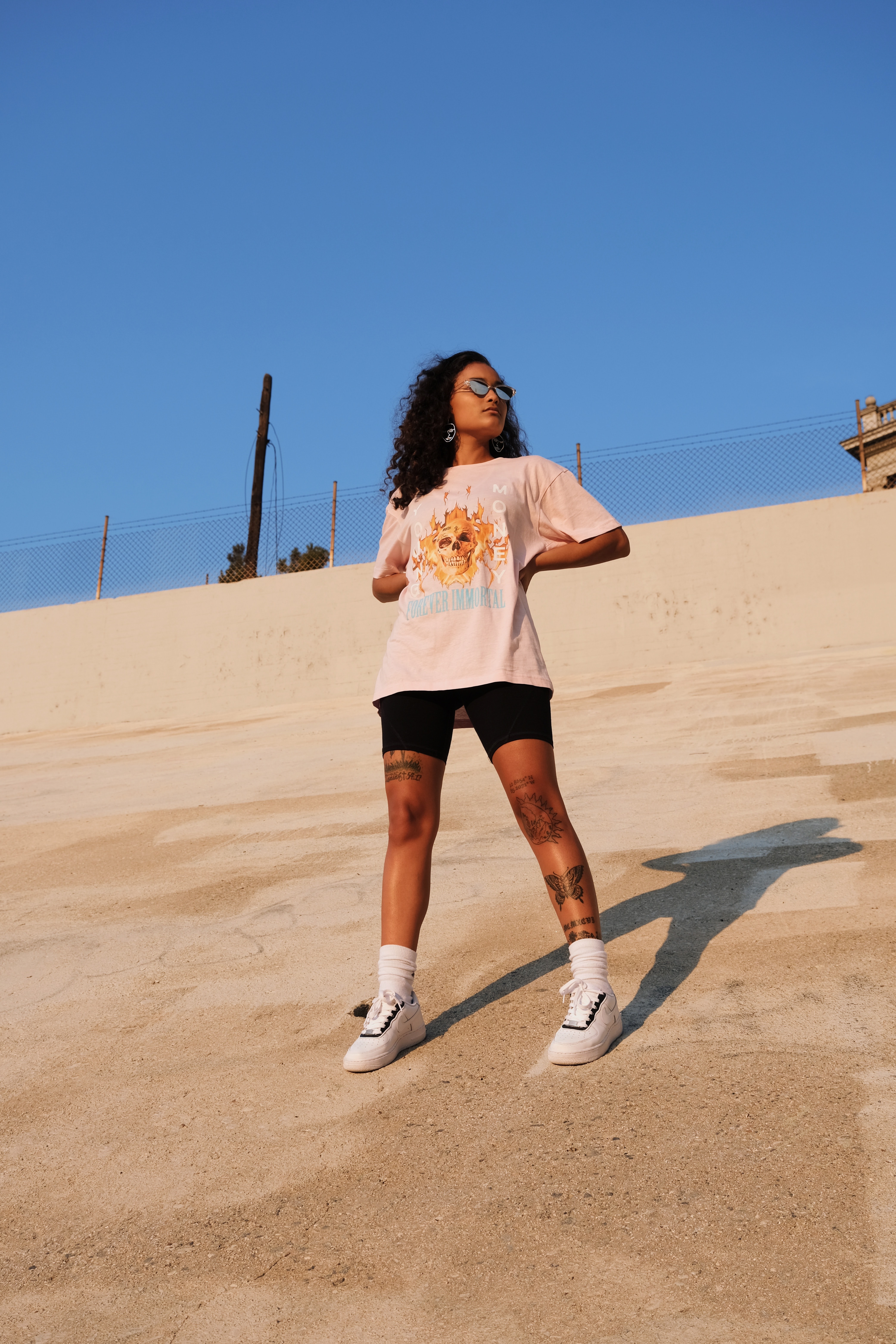Despite the fact that inflation will continue this year (sadly), we at Monumental believe that influencer marketing will still continue to thrive.
Why? It’s possible that trust had a role.
“I think marketers are smart to turn to creators in times of uncertainty because we know that’s when consumers are the most suspicious of advertising,” Angela Seits said during a virtual summit.
As influencer marketing rises in popularity, there will undoubtedly be variations in what works—and what doesn’t.
Table of Contents
Here are eight ways influencer marketing will change in 2023.
1. Long-term partnerships will become more common.
Marketers are interested in creating lengthier ambassadorships with influencers rather than one-time efforts. An extended relationship not only improves the content but also generates a better feedback loop, which helps companies and influencers optimise campaigns.
While one-time collaborations will continue to exist, brands understand that sale time must be addressed when working. Short promotional stints may not be as beneficial as a long-term promotional effort with an influencer in some situations.
One of the biggest reasons to cultivate long-term relationships with influencers is that it aids in developing a true storytelling element to the content.
2. Perfection, out. Imperfection, in.
Perfectly flawed content is the latest social media trend, and it’s also becoming a big influencer marketing trend. Creators are abandoning the beautifully curated feed aesthetic in favour of sharing less filtered and more in-the-moment content.
Consider Instagram photo dumps and TikTok vlogs-type content. Do we have Gen Z to thank for this? We think so.
3. Niches will get… niche-er?
“Find your niche,” as the saying goes for aspiring influencers. However, as competition has intensified, many have been compelled to get innovative with their content in order to stand out. The end result? Niche is becoming more niche.
The list goes on and on about sustainable style, local lifestyle, and mid-sized fashion. This is wonderful news for brands since a better match for the brand equals a genuine, well-aligned partnership.
So, with which niche creators will you collaborate this year?
4. Buy this, not that.
With the economy bound to suffer due to the pandemic, consumers continue to prioritise and rethink their purchasing patterns.
What is the takeaway? In 2023, excessive consumerism is out.
Influencers and companies must collaborate to reframe branded content via a sustainable lens to prevent charges of insensitivity.
5. It’s a micro-influencer world, and we’re just living in it.
Micro-influencers have active communities that marketers may use to make their product recommendations appear more genuine.
And this year, sponsors are doubling down on these creators, providing them with numerous options to expand their audience and earn money. If you want to reach small, hyper-niche audiences, working with several Micro-influencers can be a successful technique.
There’s no doubt we will see exciting creative influencer marketing trends in the industry for years to come — and you can count on us to keep you in the loop.
6. Influencers are driving different consumer behaviours.
Influencer marketing is sliding deeper down the funnel as shoppable content becomes more prevalent.
Driving customers deeper down the funnel on unexpected platforms is one of the methods we’ll continue to investigate in 2023. If you want more down-funnel action, it’s critical to understand your audience and which influencers are best for the job.
7. Shorter videos result from shrinking attention spans.
According to a survey conducted by Yahoo, Gen Z loses active attention to advertisements after only 1.3 seconds.
With shorter attention spans comes the demand for shorter (but more attention-grabbing) videos.
“You have to really strike the CTA in the message before consumers swipe away from that sponsored video, organic or non-organic,” Ko says. “I’m seeing briefs today that say 15 to 20 [seconds], no more than 20.”
8. Influencers turned CEOs
One growing trend in the influencer marketing sector is the emergence of full-fledged entrepreneurs.
While being an influencer is a full-time (or part-time) job in and of itself, we’re discussing those who’ve converted their influence into their own enterprises.
What does this imply for businesses? It opens up a world of possibilities for collaboration.
Consider collaborating with the influencer’s account and their brand account for a giveaway or cooperation if you have an upcoming campaign.
When it makes sense, using their new business can be mutually profitable for you both.
Final Thoughts
Success seems to be a moving target for influencer marketing – Key performance indicators for influencer marketing are evolving.
Obviously, as a company that sells products, we tend to look at traffic to the website, new customer growth, income etc However, it’s not just about the finished product. We consider an influencer’s total engagement rate before working with them, as well as audience segmentation.
Why it is significant: Influencer marketing spending will increase by 23.4% to $6.16 billion in 2023.
Though it remains a modest portion of total marketing expenditure, there is much space for expansion, particularly among micro-and mid-tier influencers, who will account for more than half of influencer spending this year.

